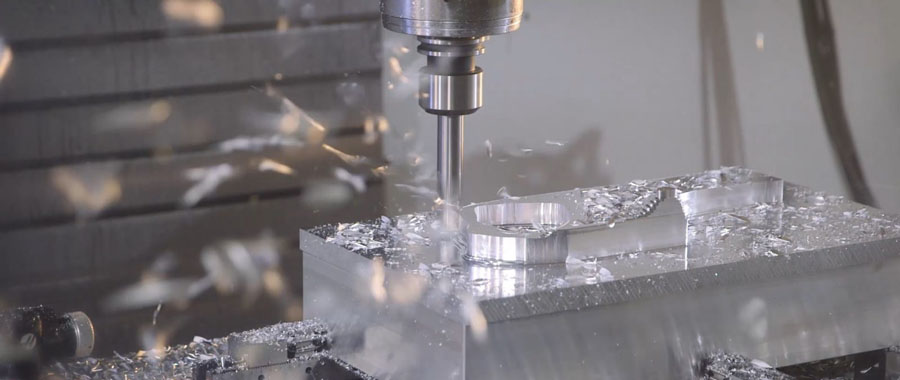Aluminum is one of the most common metals on earth. It also performs a range of functions in industries ranging from automotive, aerospace to construction. Its alloy is unique in nature and has awesome features.
What we particularly need to control during the machining of aluminum profiles is the machining errors, but some errors are inevitable. Today we will introduce several aluminum profile finishing machining errors. In addition, we will also introduce solutions to aluminum processing. The wrong method in production.
Aluminum Machining Error Type:
1. Fixture Error:
In the finishing process of industrial aluminum profile, the fixture is to make the parts processing, tool and CNC lathe come from the appropriate part, and the position error of the fixture is very harmful to the finishing error of aluminum profile.
2. CNC Lathe Error:
CNC lathe error includes slide rail error, spindle bearing rotation error, and transmission gear error. Failure of these three errors will result in errors in the finishing process of industrial aluminum profiles.
3. Tool Error:
The tool will be damaged during the drilling process, and the damaged tool will change the specifications and appearance of the profile. Therefore, it is necessary to change the tool frequently to check the damage level of the tool.
4. Accurate Positioning Error:
Industrial aluminum profiles do not overlap with the machining position of the machine tool on the surface layer. Accurate positioning is forbidden to cause errors. It is generally not easy to cause during the finishing laser cutting process, and is usually caused in the early stage of finishing.
5. Adjustment Error:
In the finishing process of aluminum profile, the profile is generally adjusted, and the error in the adjustment process is very easy to cause. Therefore, adjustment errors must be considered in the production and processing process, and adjustment errors must be avoided as much as possible.
6. Accurate Measurement Error:
Because the measuring instrument, precise measurement method and its subjective factors can all possibly harm the accuracy of the measurement error.
How Can We Reduce Errors In Aluminum Machining Production?
In the years of service in the aluminum processing industry, we have proposed a series of methods to reduce errors. This is the key way we can achieve this goal.
Reduce The Internal Stress Of Metal Parts
The dimensional flux mainly comes from internal stress. There may or may not be external forces. There are two main methods to reduce errors caused by internal stress in aluminum processing. The first is the vibration treatment of the workpiece. The second is through the natural aging of the workpiece.
Another method involves deforming the plastic in a controlled manner. We can use tensile or compressive loads to achieve this. We only use this method on open die forgings. In addition, we can choose to conduct heat treatment. This involves sub-zero treatment of aluminum in a cyclical manner. This helps us reduce the pressure by as much as 25%.
Improve The Cutting Ability Of Tools
The correct choice of processing parameters for aluminum processing will directly affect the results. It affects heat loss and cutting force. This is the main parameter we need to consider when selecting the tool structure.
First, we ground the tools used for aluminum processing correctly. This allows us to apply relief angles and side angles. We use larger rake angles on tools suitable for final contact. They also help us to machine softer aluminum alloys because their cutting edges are sharper.
We usually produce larger relief angles. This directly affects the wear of its surface. In addition, it has an impact on the quality of the final paint. Sometimes we use a smaller back angle. In this case, rough machining and rapid feed are required. In precision CNC aluminum processing, we must reduce elastic defects. We must also ensure that the friction between the workpiece and the tool is low.
Improve Workpiece Clamping
We have two main methods to better clamp aluminum workpieces. We do not use a three-jaw self-centering chuck to plug the thin-walled cylinder. Because this will cause errors. Therefore, we chose the end face compression method. It needs to compress the end face with a cover plate, and then tighten it with a nut. This method is more accurate. The second method involves the use of suction cups on thin-walled panels. It allows us to evenly distribute the clamping force to the thin plate. This allows us to reduce errors in aluminum machining. Additional methods require treatment with liquid media to avoid clamping errors.



